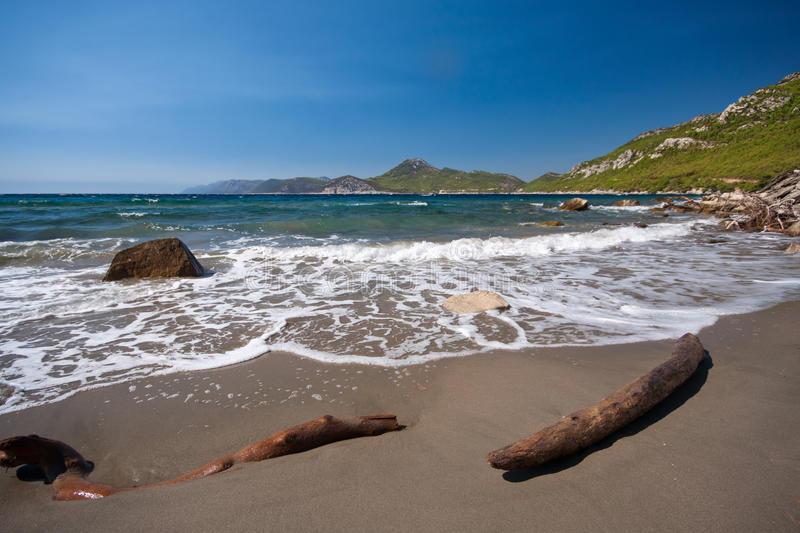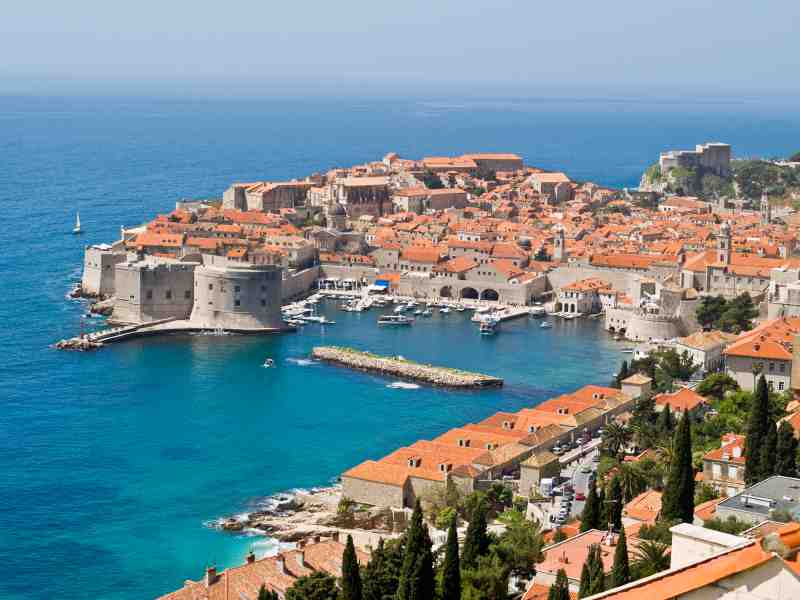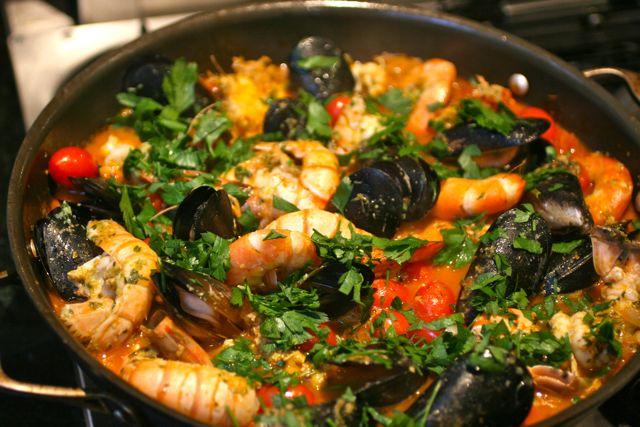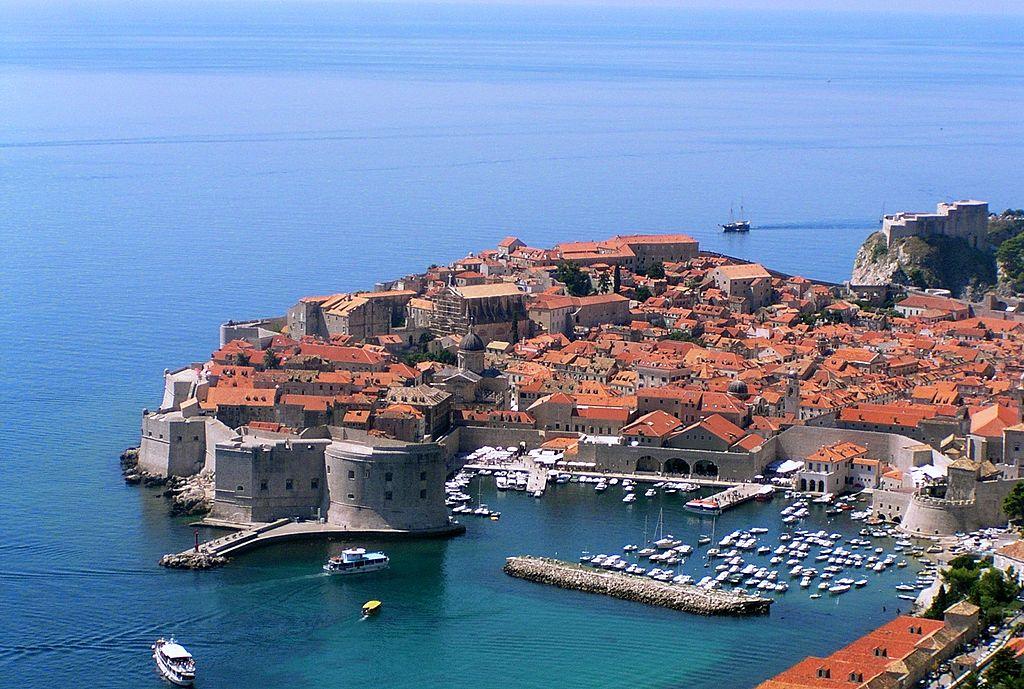
Cruise Port Spotlight: Dubrovnik, Croatia
The pearl of the Adriatic
Dubrovnik, Croatia is a popular stop on Eastern Mediterranean cruises. A fortified seaside town with impressive walls, and pretty as a picture with buildings with red tile roofs that shimmer in the sun against the blue of the sea, Dubrovnik has enough beauty, legend and history to satisfy the most experienced cruise passenger.

Excursions sold onboard cruise ships typically include walking tours of the pedestrian-only Old Town section, a UNESCO World Heritage Site – a veritable open-air museum with ancient walls that can be walked, five forts, and 16 towers and bastions. Most tours enter the Old Town through the Pile Gate (the western gate, with the eastern entryway being the Ploce) and proceed down the broad Stradum, a picturesque street dating back to the 11th century and adorned with fountains, churches, monuments and museums, and lined with cafes and shops. Among the Stradum’s highlights are the City Bell Tower with a clock and its figures of two green men that strike the bell with hammers on the hour and the half-hour; the Rector’s Palace, in Gothic-Renaissance style; the Orlando Column with a carving of Orlando (Roland) son of Charlemagne and legend of minstrel ballads, and a statue of a medieval knight holding a sword in his hand; and the baroque Church of St. Blaise, patron of Dubrovnik, with relics of the saint as well as a statue that depicts him holding a model of the city in his left hand.
Other highlights of the Old Town include the Dominican Monastery, the Franciscan Monastery and the Cathedral of Dubrovnik –- the latter with Titian’s 1552 work depicting the Assumption of the Virgin Mary. Among the Old Town’s lovely squares is the Ruder Boscovic Square, with fine Baroque buildings and magnificent Baroque steps leading to St. Ignatius Church –- the stairs are reminiscent of the Spanish Steps leading to the Trinita dei Monti Church in the Piazza di Spagna in Rome.

Walks in the Old Town can be combined with a ride in the Dubrovnik Cable Car to Mount Srd. At the top, from a height of more than 1,200 feet, there are two terraces for viewing panoramas of the city and the sea below. There are binocular telescopes, snack bar, souvenir shop and restaurant. The cable car may be boarded at its lower station at King Petar Kresimir Street where tickets may be bought.
Other popular excursions in Dubrovnik include sea kayaking tours, sailing and scuba diving as well as trips to nearby islands including Lokrum, where according to legend, Richard the Lion Hearted sought refuge on his way back from the Crusade in 1192, and Korcula, where Marco Polo was born. Dubrovnik beaches are generally rocky or pebbly. Popular sandy beaches in the vicinity of Dubrovnik include the Sunj Beach on the island of Lopud. A naturist beach is located on the island of Lokrum.

Local flavors not to be missed include smoked hams; “kontonjata” a delicacy made of quince; olive oils from Korcula; and “pasticada,” beef studded with carrots, garlic and smoked bacon and marinated in wine, oil, vinegar, orange and lemon.
Cruise lines that visit Dubrovnik include Disney, Holland America, MSC, Oceania, Princess, Royal Caribbean, Seabourn and Silversea. For additional information on Dubrovnik, visit the Croatian National Tourist Board website at www.croatia.hr/en-GB/Homepage.
Get your guide with Tour Dalmatia! Are you ready to explore the wonders of Dalmatia and the coast of Croatia? Get in touch with us to start planning your dream vacation. From Istria, to Zadar, Šibenik, Split, and Dubrovnik: contact us to explore the diverse offerings of the Dalmatian coast of Croatia.






